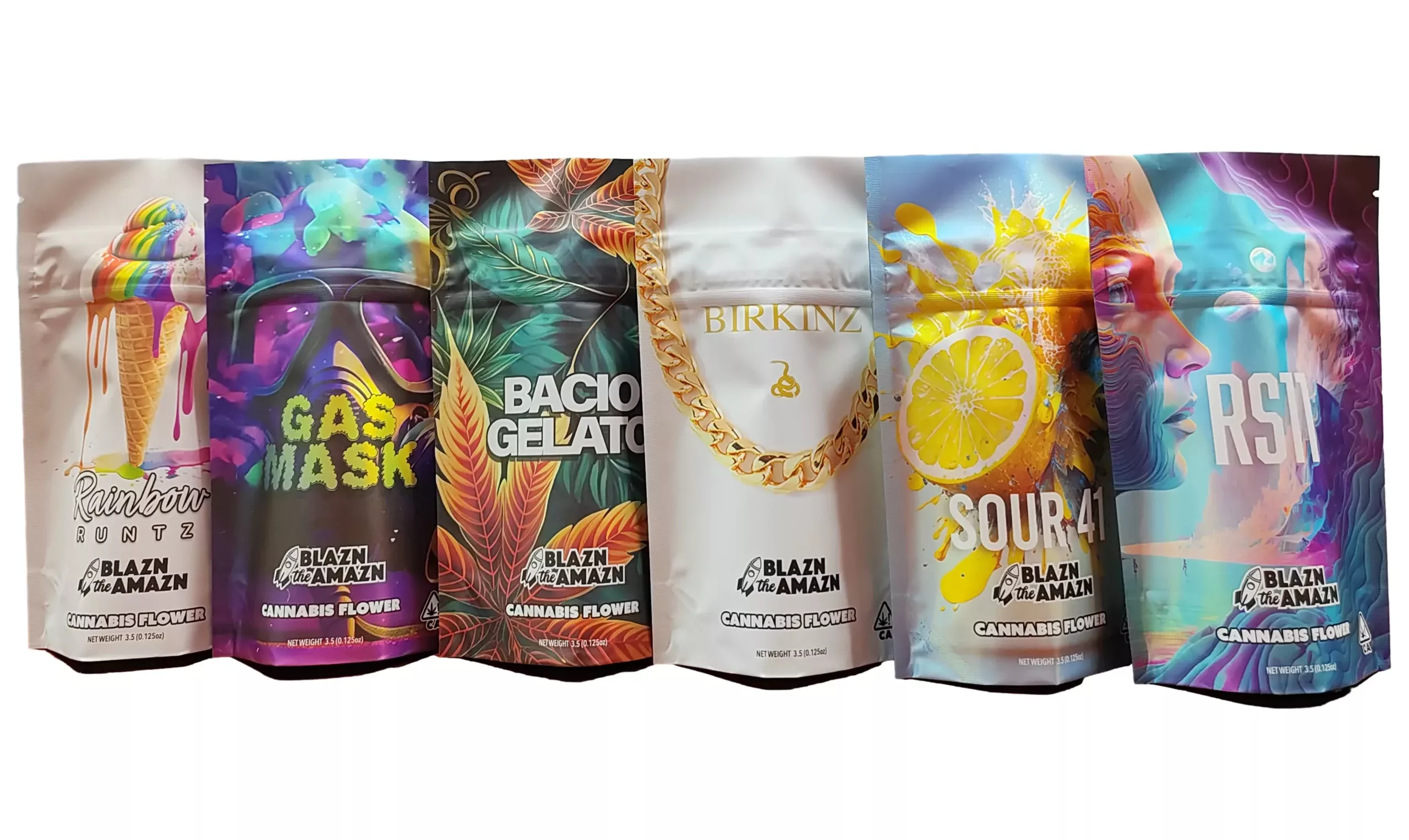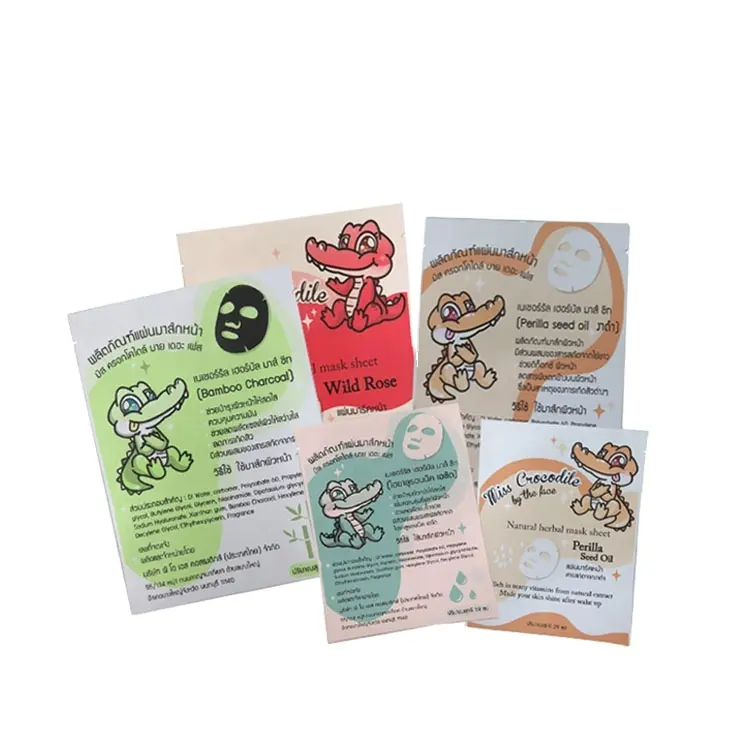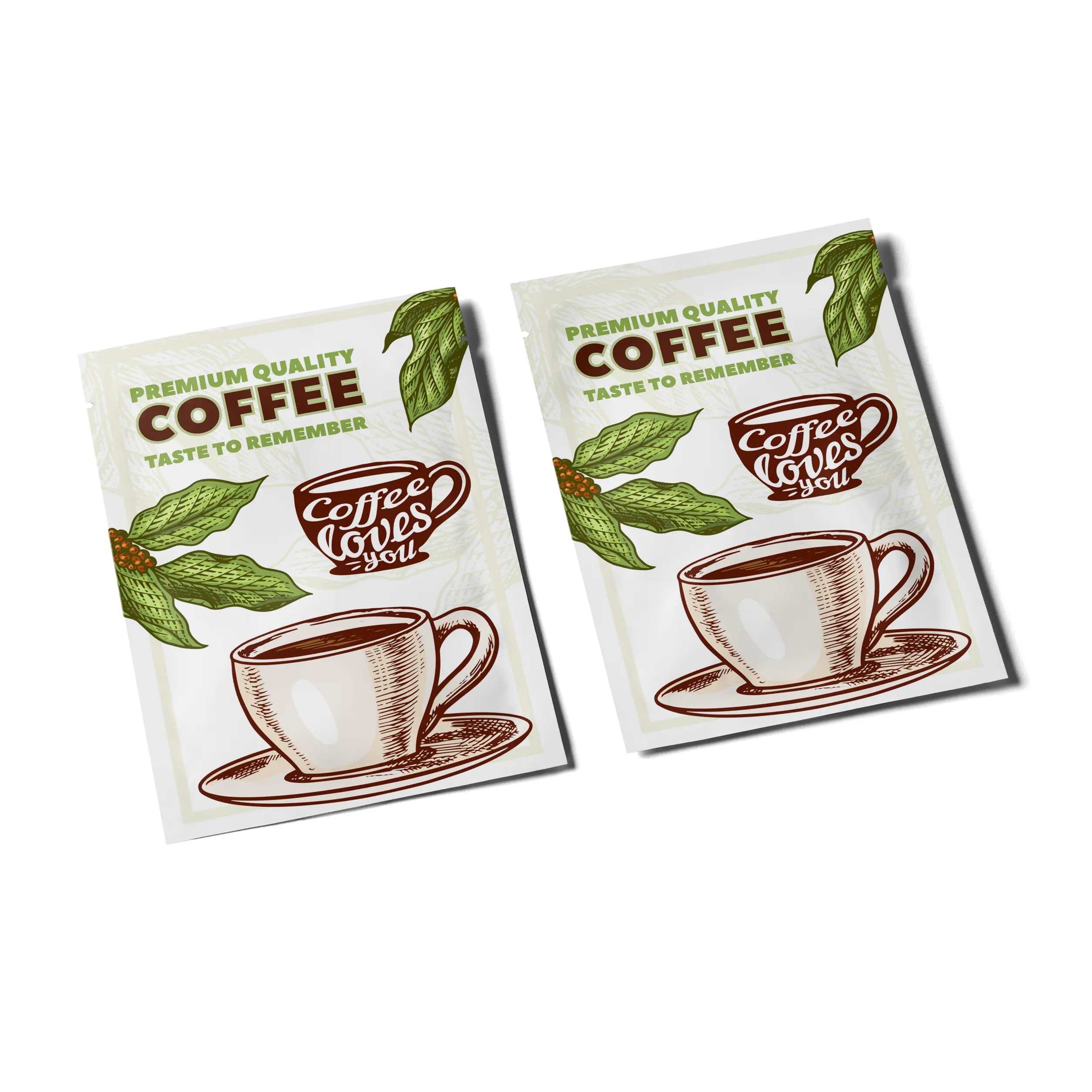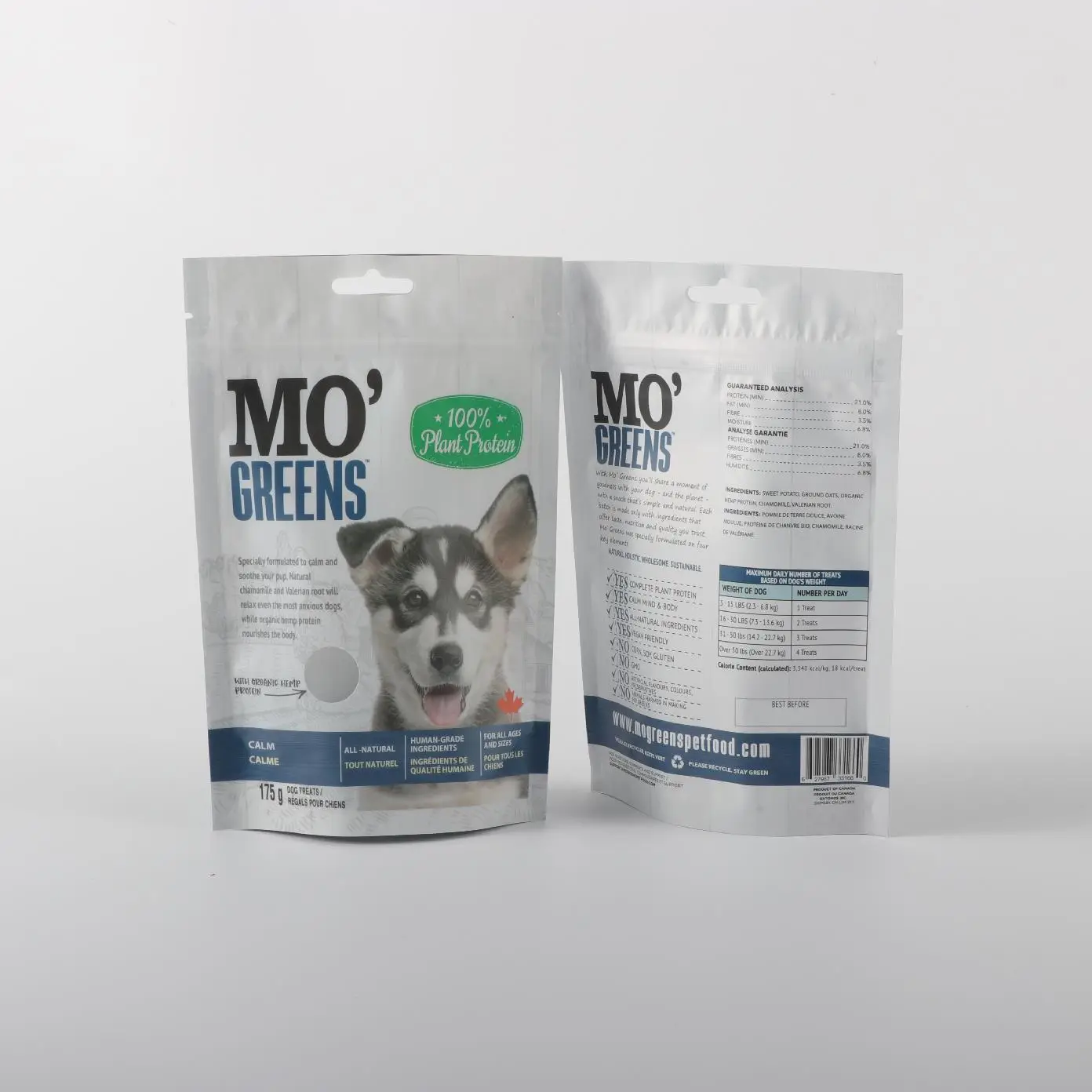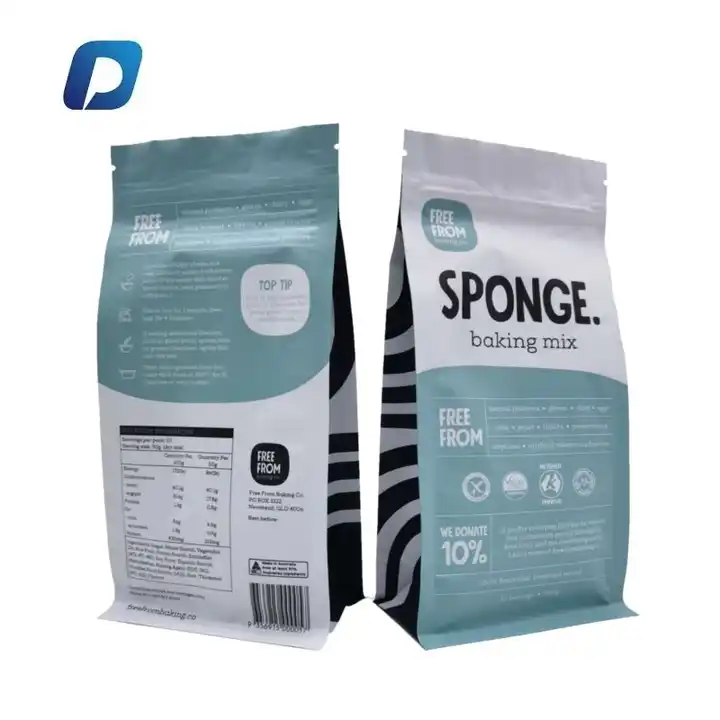Polyethylene film might not sound glamorous, but it’s a workhorse across countless industries. From packaging your groceries to protecting heavy machinery, this versatile plastic sheeting is everywhere. What makes it so special? It’s all about variety—different types of polyethylene (PE) film are engineered for specific jobs, balancing strength, flexibility, and cost. Let’s peel back the layers and explore the main types of polyethylene film, their properties, and how industries put them to work.
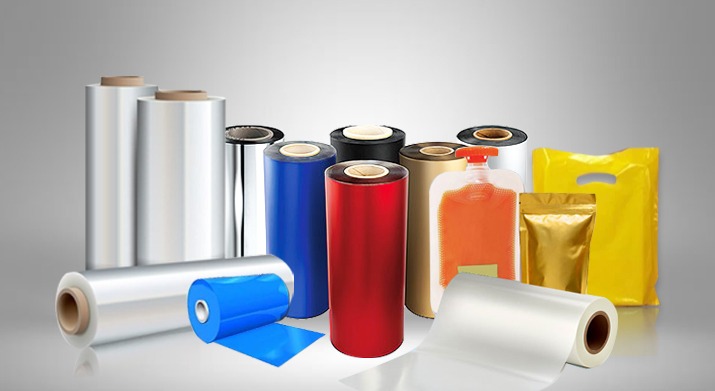
What Is Polyethylene Film, Anyway?
Polyethylene film is a thin, flexible sheet made from polyethylene, the world’s most common plastic. It’s created by heating and stretching PE resin into films of varying thickness, from whisper-thin wraps to tougher industrial layers. Its magic lies in its adaptability—tweak the density, additives, or manufacturing process, and you’ve got a new tool. The big three categories—LDPE, HDPE, and LLDPE—dominate the scene, with a few specialty variants tagging along. Here’s the rundown.
1. Low-Density Polyethylene (LDPE) Film
What It Is: LDPE is the soft, stretchy sibling in the PE family. It’s made with a high-pressure process that gives it a loosely branched molecular structure—less dense, more pliable. Think of it as the yoga master of plastics.
Key Properties:
- Super flexible and stretchy
- Good transparency (not crystal-clear, but close)
- Decent tear resistance
- Thickness typically 0.5-5 mils (1 mil = 0.001 inch)
- Not the strongest under heavy loads
Industry Uses:
- Packaging: LDPE is the go-to for plastic bags—grocery sacks, produce wraps, and bread bags. Its stretch lets it hug odd shapes, while its clarity shows off what’s inside.
- Shrink Wrap: Heat it up, and LDPE shrinks tight around products, from soda multipacks to pallets of goods.
- Agriculture: Farmers use LDPE films as greenhouse covers or mulch layers to trap heat and block weeds.
- Construction: It’s a cheap vapor barrier in walls or under floors—flexible enough to drape over uneven surfaces.
Why It Works: LDPE’s low cost and easy handling make it a staple where strength isn’t the top priority. It’s less about brute force and more about adaptability.
2. High-Density Polyethylene (HDPE) Film
What It Is: HDPE is the tough, no-nonsense cousin. Its tightly packed, linear structure—thanks to a low-pressure process—makes it denser and stronger than LDPE. Imagine it as the weightlifter of the group.
Key Properties:
- High strength-to-density ratio
- Stiffer and less stretchy
- Opaque or milky appearance
- Excellent chemical resistance
- Thickness often 1-10 mils
Industry Uses:
- Heavy-Duty Packaging: HDPE films make rugged bags for hardware, pet food, or industrial parts. They won’t tear under weight like LDPE might.
- Liners: Landfills and ponds rely on thick HDPE sheets to contain waste or water—its chemical resistance keeps it from breaking down.
- Construction: As geomembranes, HDPE films waterproof tunnels, dams, or foundations.
- Retail: Those crinkly shopping bags at big-box stores? Usually HDPE—durable yet lightweight.
Why It Works: HDPE shines where durability trumps flexibility. It’s a little pricier than LDPE but pays off when you need something that won’t buckle.
3. Linear Low-Density Polyethylene (LLDPE) Film
What It Is: LLDPE is the middle child—blending LDPE’s flexibility with a bit of HDPE’s grit. It’s made with a special process that adds short branches to the polymer chain, boosting toughness without losing stretch.
Key Properties:
- High tensile strength and puncture resistance
- Flexible like LDPE but tougher
- Often clearer than HDPE
- Thickness usually 0.5-3 mils
- Great elongation (stretches without snapping)
Industry Uses:
- Stretch Film: LLDPE is the star of pallet wrap—stretch it tight around shipments, and it clings without tearing.
- Food Packaging: Cling wrap for your leftovers? That’s often LLDPE—safe, stretchy, and clingy.
- Industrial Covers: Tarps or protective sheets for machinery use LLDPE for its balance of strength and flex.
- Agriculture: Silage wraps (to store hay) lean on LLDPE’s durability and UV resistance with additives.
Why It Works: LLDPE is the sweet spot for jobs needing both resilience and give. It’s a bit more complex to produce, but the payoff is versatility.
Specialty Polyethylene Films
Beyond the big three, niche PE films tweak the formula for specific gigs:
- Medium-Density PE (MDPE): Halfway between LDPE and HDPE, it’s used in gas pipes or shrink film where moderate strength and flexibility meet.
- Ultra-High-Molecular-Weight PE (UHMWPE): A rare, super-tough variant for extreme wear resistance—think conveyor belts or medical device coatings.
- Metallocene PE (mPE): Enhanced clarity and strength via fancy catalysts—perfect for premium packaging or medical wraps.
- Cross-Linked PE (PEX): Heat-resistant and rigid, it’s less common as film but pops up in insulation or specialty liners.
These aren’t everyday players but show how PE can flex for high-stakes roles.
How Industries Pick the Right Film
Choosing a polyethylene film isn’t random—it’s about matching properties to the task. Here’s what drives the decision:
- Strength Needs: Heavy loads scream HDPE; lighter, stretchy jobs lean LDPE or LLDPE.
- Environment: Chemical exposure? HDPE. UV rays or moisture? Additives tweak any type.
- Cost: LDPE’s the budget champ; HDPE and LLDPE step up when performance justifies the price.
- Appearance: Clear food wrap might be LLDPE; opaque liners go HDPE.
- Thickness: Thinner films (0.5-2 mils) suit wrapping; thicker (5-10 mils) handle liners or tarps.
Real-World Impact
Take packaging: LDPE bags cut food waste by keeping produce fresh—supermarkets move billions yearly. In construction, HDPE liners stop leaks in landfills, protecting groundwater. LLDPE stretch film keeps global shipping tight and efficient—over 2 million tons of it were used in 2023 alone, per industry estimates. Even niche films like UHMWPE quietly save wear on factory floors. PE film isn’t flashy, but it’s foundational.
Limits to Know
It’s not all rosy. LDPE tears under strain, HDPE lacks stretch, and LLDPE costs more to tweak. All PE films struggle with heat—most soften above 120°C (248°F)—and recycling’s tricky if they’re mixed with additives or contaminants. Still, for single-use or short-term jobs, they’re tough to beat.
Which PE Film Fits?
Polyethylene film isn’t one-size-fits-all—it’s a toolkit. LDPE wraps your daily life with flexibility and affordability. HDPE steps in when strength and durability matter most. LLDPE bridges the gap for stretch and toughness. Specialty films fill the cracks for unique challenges. Whether you’re sealing a pallet, lining a landfill, or shielding crops, there’s a PE film built for it.


